Let thy west wind sleep on the lake;
Speak silence with thy glimmering eyes,
And wash the dusk with silver.
– William Blake
St. Andrews West Sands Beach, March 2025
An orange-and-white Brittany streaks by me on St. Andrews West Sands Beach. This cool morning she’s chasing a heron, then a razor clam with the gall to peek through her tidal flats – maybe an errant golf ball, or some other kind of canine heaven I can never appreciate. Still in this place – St. Andrews and this country of Scotland, a human with eyes and a heart can find the sublime.
This is why I came here with my sixty-year-young Leica and Rolleiflex.
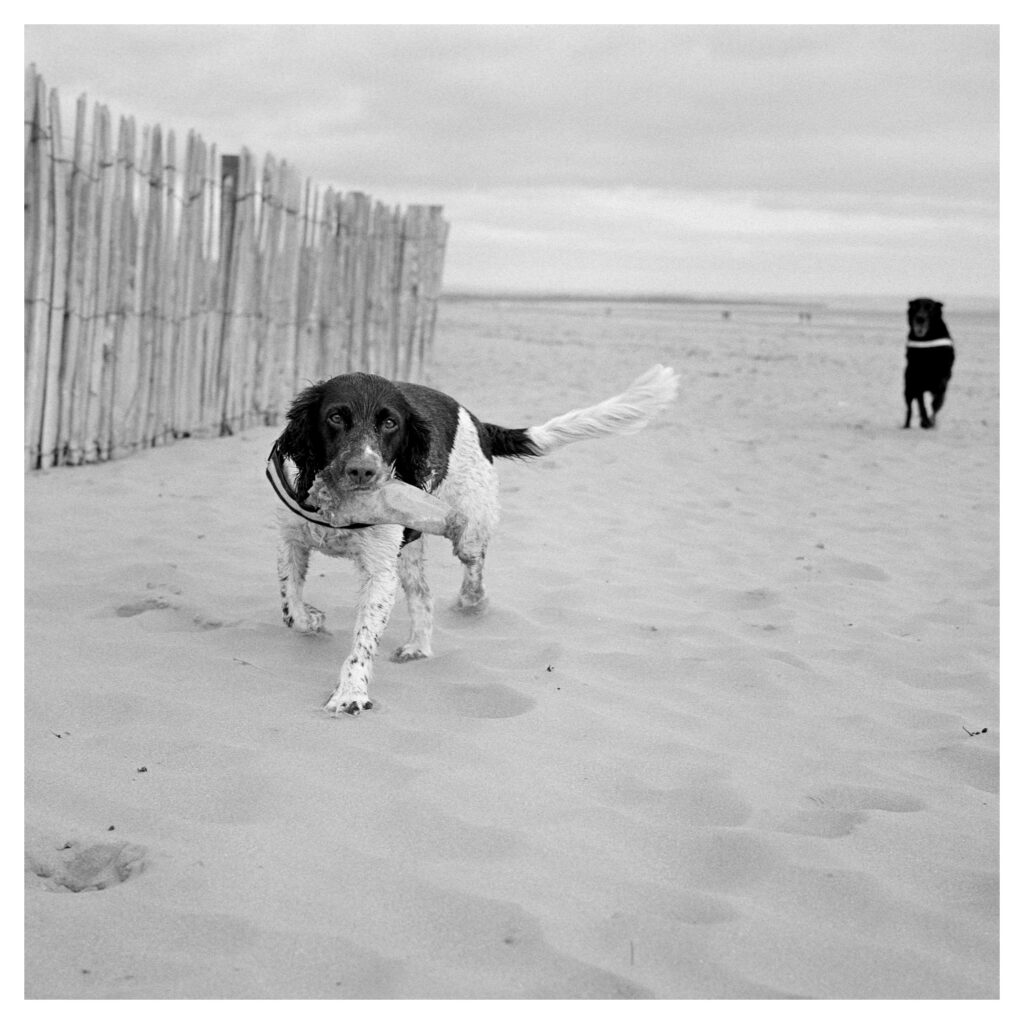
West Sands Beach at St. Andrews is best known as the setting for the opening scene of the 1981 Academy Best Picture Winner Chariots of Fire. A string of runners kitted out in white uniforms with the Union Jack on their chests breeze through the surf past the clubhouse of the Royal and Ancient Golf Club into the Hamilton Grand all set to Vangelis’ famous electronic score. Sadly today this lovely opening scene seems to overshadow the sincere brilliance of the entire film. Two of the runners in this Olympic squad are Harold Abrams – a Jewish student at Cambridge racing for King, Country, and modernity, and Eric Liddell – a Scotsman born to Christian missionaries in China who runs on faith and conviction because, as he says, “God made me fast.”
I’m at a slower pace than Messrs. Abrams and Liddell. The sun wakes up over the bay bringing the light we need. With the Brittany jogging far ahead on her hunt, the breeze off the Old Course’s dunes pull golden wisps of sand across the beach out to sea. Maybe they are memories of poets or scholars from the university, warriors, or golfers from five centuries ago. They meet the breaking waves from the incoming tide lifting a spray of new beginnings over the shore.
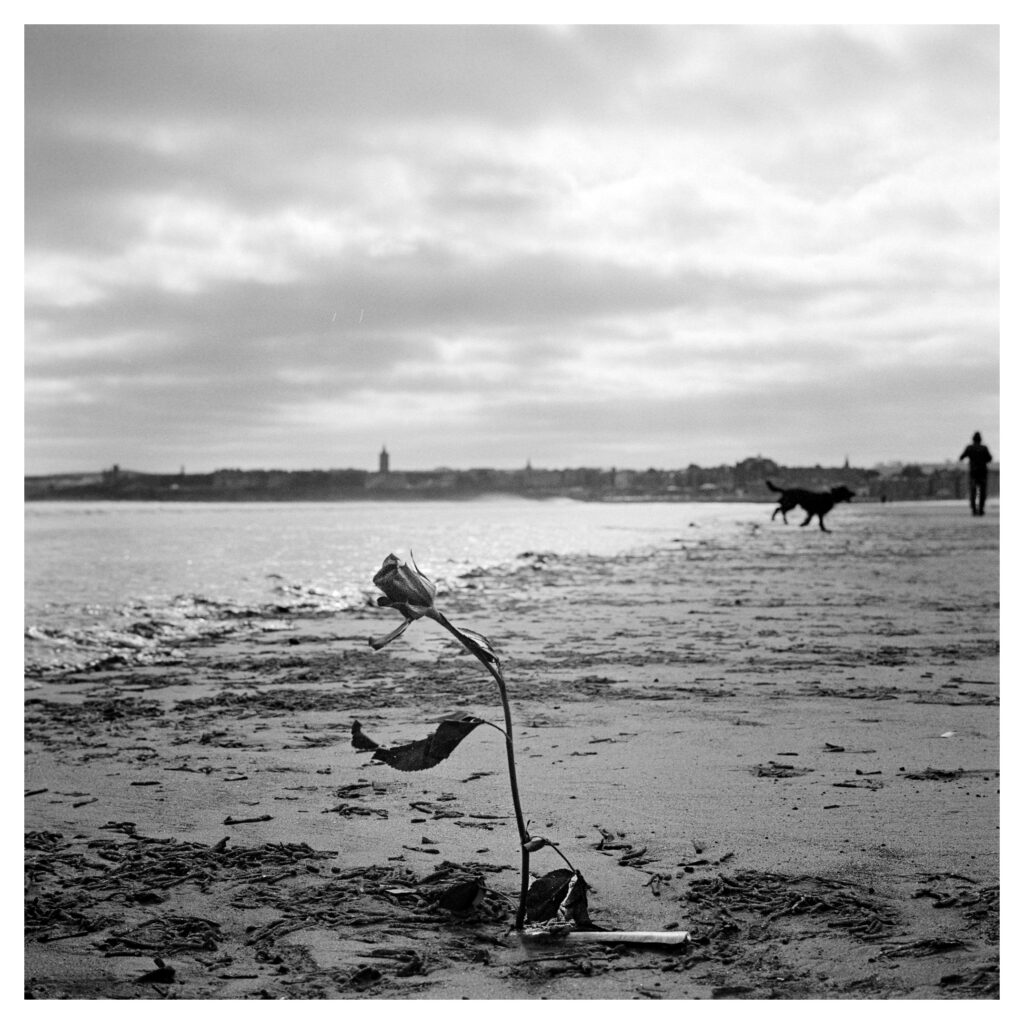
Caledonian Sleeper
Taking a shower on a moving vehicle is one of Life’s underrated pleasures. No stewing in your filth en route to your hotel only to learn that check-in is still three hours away. Instead, you arrive at your destination fresh and alert for anything or anyone. This is my first time taking one on a train. Thankfully, tonight it is on the Caledonian Sleeper. The train departs London Euston Station at 9:15pm with an arrival in Inverness at 8:30am. The accommodation with an en suite is clean and cozy. The bed is comfortable, though some might find the cabin a bit noisy for a deep sleep. We can be a little gracious on this. For its night journey from London to the Highlands, the Caledonian travels on the West Coast Main Line constructed in segments during the mid-19th Century. A traveler will hear and feel the work of the Victorian “Navvies” – or navigators – the laborers who laid down thousands of miles of railway lines. Entire towns developed to support the community of navvies and the navvies at one point outnumbered the complement of Queen Victoria’s entire Royal Navy and British Army combined. A Japanese Shinkansen bullet it is not, but then again, the really beautiful things in life are rarely fast or convenient.
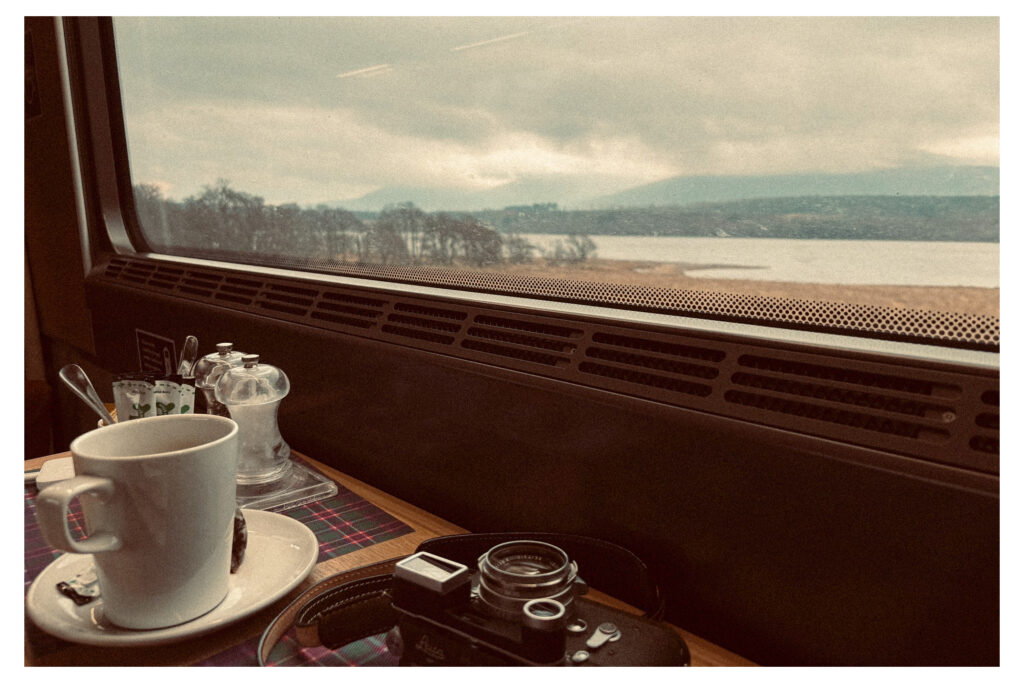
My first experience of the Scottish Highlands is 6:30am in the club car during breakfast. Bacon, sausage and black pudding plus an egg muffin, hash browns, beans with a slice of toast over a tartan placemat. I had no idea what black pudding was, and that is the fun in these adventures. My morning routine normally is coffee with steamed milk, but today I have a cup of earl grey to warm up. Outside my window a countryside of Edwin Landseer paintings roll by like a 16mm movie. Valleys, glens, and hills stretch on, untouched. This train might as well be a time machine.
Driving on the Left
I came to Scotland to take photos and drink scotch. But if those were the only objectives of this mission, then an office happy hour would have sufficed. No, if I am crossing an ocean for a drink, then it should come mixed with bitters of danger to make things interesting. So after arriving at Inverness’ Rail Station and stepping off the Caledonian, I hail a taxi to the airport. Waiting there for me is a hired navy blue Mercedes C-Class saloon to enable maybe the worst idea this Texan has ever had – driving on the left side of the road.
I may actually die doing this. Never in my life have I driven backwards. My two-day route will take me from Inverness down the Old Military Road through the Cairngorm Mountains to Balmoral terminating in Edinburgh. A third of this journey includes driving on single-track unclassified “C-Roads.” The Scottish call them “Great Wee Roads.” “Wee” indeed – not for the size of the path, but for your insignificance in this Universe negotiating a blind curve with a Defender lurking on the other side.
As I get older, I think about death. Could I meet my demise in these glens? Colonel T.E. Lawrence, “Lawrence of Arabia,” died in 1935 in Dorset riding his Brough Superior motorcycle – swerving to avoid boys on their bicycles carelessly riding in the wrong lane. His death led to the development of the crash helmet which saved hundreds of thousands of motoring enthusiasts’ lives. Winston Churchill attended Col. Lawrence’s funeral. I’m imagining my end much less romantically. Instead of heroically saving children, I lose control of this German sedan after hitting a sheep, careen into a loch becoming breakfast for Nessie.
A wee terrified behind the wheel, I burn a 1,000 yard stare down the road. Shakespeare said, “A coward dies a thousand deaths, the valiant but once.” Well then – let’s fucking go.
Inverness
After surviving the 2nd roundabout heading back to Inverness, my nerves calm. The tunnel vision opens and the colors of this cozy Saturday morning fill in. I park the Merc near the bus station in the city center. Inverness is the northernmost city in Britain. My only knowledge of this beautiful place was from a codename for a naval project way back when – given by a submarine captain with a bad golf addiction (or a fondness for friendly lake monsters). I need to buy a tripod for landscape photos on the way to Edinburgh. That is a great excuse for lunch and some exploring in the Gateway to the Highlands.
After a coffee I walk west towards the banks of the River Ness. It seems elevated which may provide a view of the city. Coincidentally elevated banks are perfect places for churches. The one here is Old High Church. If Scots formally name something “Old” you must pay attention. The current church on site dates to 1770 with the base of the tower built in the 14th Century. Several previous churches occupied this hill, called St. Michael’s Hill, as far back as the 12th Century. Saint Columba, the Irish abbot who brought Christianity to Scotland, preached on this hill in 565 AD. He must have been ahead of his time. A view of the River Ness cutting through Glen More curving below the saint spreading the Good News during golden hour would make any televangelist envious. Columba’s success, seemingly, was preordained. Eric Liddel’s Olympic gold medal might be a small testament to his holy work.
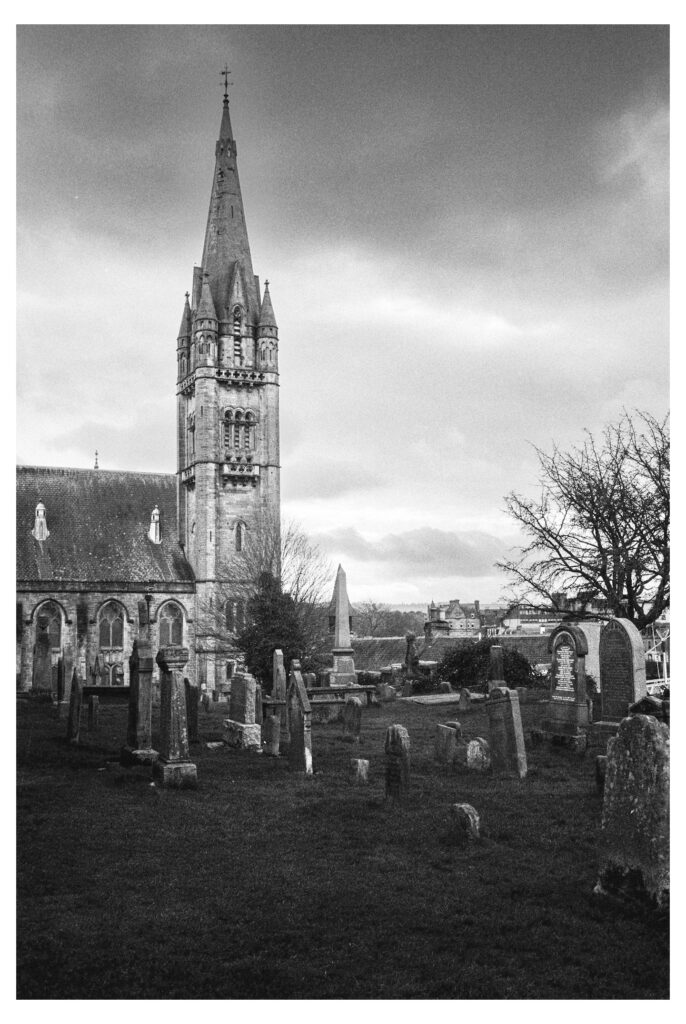
While Christianity modernized the British Isles, faith, as it does today, inevitably brought conflict. Beneath me under the cobblestones in the church’s cemetery rest the remains of dozens of 18th Century Jacobite rebels. In April 1746, King George II’s government forces marched these poor souls here from the Culloden battlefield 6 miles east of the city and locked them into the church’s tower. These men fought the last battle to restore a Catholic king to the throne of England and Scotland. The Catholic usurper, Charles Edward Stuart – also known as “Bonnie Prince Charlie,” was the grandson of the last Catholic king, James II. Born in exile in Rome, Charles and many of the Jacobites (supporters of James in Latin), believed in the Stuarts’ divine right to rule directly from God – uncorrupted from pesky humans in Parliament. Encouraged by the French King and the Pope, Charlie landed on the island of Eriskay in July 1745 with seven retainers. He then raised the Stuart standard in the hamlet of Glenfinnan. In addition to his band of exiled Irish and Scottish soldiers in service to the Catholic French King, Charles charmed the Highland clans of MacDonald, MacDonnell, Cameron, MacGregor, MacLean, and Chisolm to the cause. The army swelled with more Jacobite volunteers to over 5,000 after the capture of Holyrood Castle in Edinburgh and a surprising early victory at Prestonpans in September.
Holyrood marked the high water point for Jacobinism in Britain. After an unsuccessful invasion attempt of England during the winter, the Jacobite army met its end at Culloden Moor on the outskirts of Inverness. The 25 year-old Duke of Cumberland, King George’s youngest and favorite son, crushed the rebels in the last set-piece battle in Britain. The Jacobites suffered over 2,000 casualties compared to 300 for Cumberland’s army. Cumberland hunted survivors all over the Highlands, burned settlements, and seized livestock. Bonnie Prince Charlie fled back to France disguised as an Irish maid. Vowing no quarter given to the rebels, the government forces summarily executed prisoners on this hill.
The Old High Church’s tower displays the scars of musketballs holes from the firing squad. In the aftermath of the failed uprising, the Government outlawed kilts, clans, and Highland culture. However, the bravery and gallantry of the Scottish warriors seemed to have won over the respect and imagination of Britons in short order. No doubt helped by the poetry of Sir Walter Scott preserving their legacy, the King recruited Scots to fight in the Napoleonic Wars 50 years later. In the 19th Century and onwards, British monarchs embraced everything Caledonian. Queen Victoria loved Scotland so much she bought Balmoral Castle and turned Prince Albert onto the manly appeal of highland kilts and tartan.
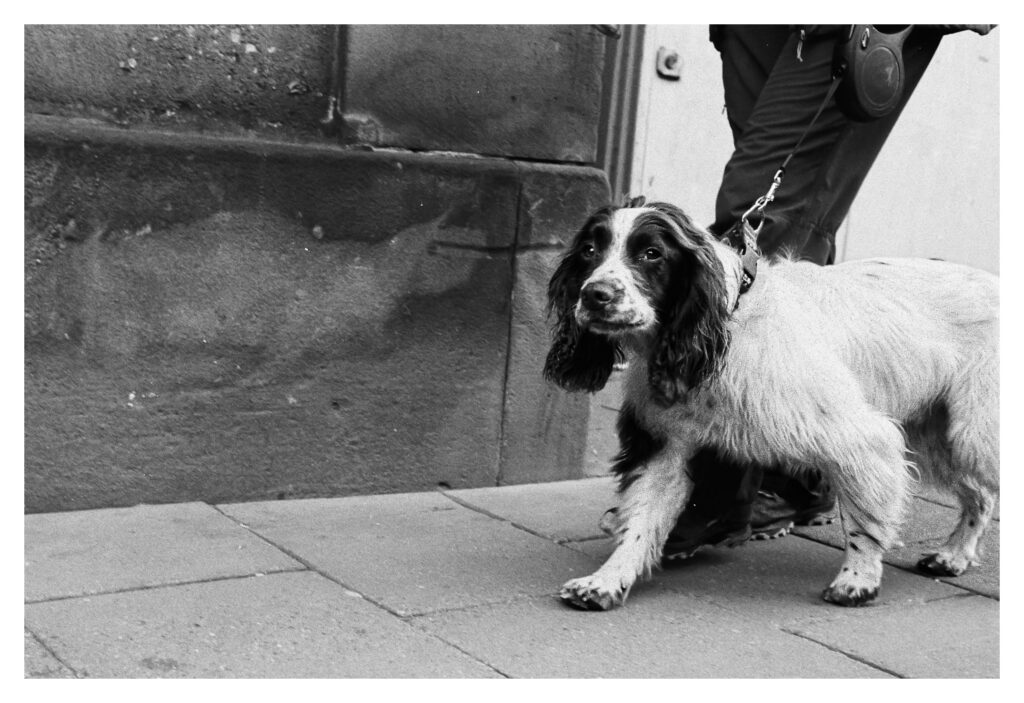
Leakey’s Bookshop
Abutting the Old High Church on St. Michael’s Hill you will find another house of worship – this one for literary pilgrims. Leakey’s Bookshop is Scotland’s oldest secondhand bookstore. Forty-five years ago the founder Charles Leakey established the shop here appropriately in this former 17th century church. Instead of incense, the space hits visitors with notes of vanilla and almond from the softwood paper of books printed over 100 years ago. Instead of a tabernacle, an open wood stove keeps book lovers warm from the North Sea weather outside. Instead of pews of faithful, thousands of writers – living and dead – in miles of stacks invite you for fellowship.
If you are fortunate to drink with real Scottish friends and comprehend the accent, you know about their wit and eloquence. How the hell are these folks so clever? Come to Leakey’s and you understand why. Scots love words and letters. In America, we love heroes – historical heroes in war or history, athletes, and movie stars. It is that cowboy ethos in us Texans (and Yanks). We love men and women of action, fortitude, and confidence. The shine from these heroes may have faded in the eyes of contemporary Gen Z Americans, however these legends built The America Identity. But while I studied Charles Goodnight’s and Oliver Loving’s cattle drives from Texas to Wyoming, Scottish pupils memorized the poetry of their great writers. Later on my trip in Edinburgh’s Waverley Station I had a quick bite at a local Scottish establishment called McDonald’s. A couple of charming teenage pupils madly in love with each other were enjoying a conversation next to me over chicken mcnuggets. The young lass described her best friend to her future husband, “She’s soooo creative. She writes poetry nonstop.” Her boyfriend, Ewan McGregor circa Trainspotting retorts, “Well, okay…slow down there ROBERT BURNS! (lol)” Karen Gillan’s doppelgänger and young Obi Wan Kenobi chuckle, making sheep’s eyes at each other imagining the squad of wee footballers they’ll bring into the World.
Never in the minute of American History has the high-school quarterback name-dropped Emily Dickinson or Walt Whitman when trying to impress the cheerleader – much less in casual conversations with friends. But here I am in this foreign universe observing it first hand. Forget haggis, this is culture shock.
I follow a comfortable system in bookstores. First – photography, second – literature/fiction, followed by the history section, then travel, before parking myself in the cafe with a bottled water and maybe a motorcycle magazine. But that feels inappropriate here – like you’re on a date with an exceptionally charming woman who just ordered a French 75 excited to bounce ideas off you for her fashion photo editorial; and you order… a coffee. No, in this situation young man, you ask the waiter to bring you a Scotch – neat. Likewise, here in this cathedral of books, you head to the poetry section.
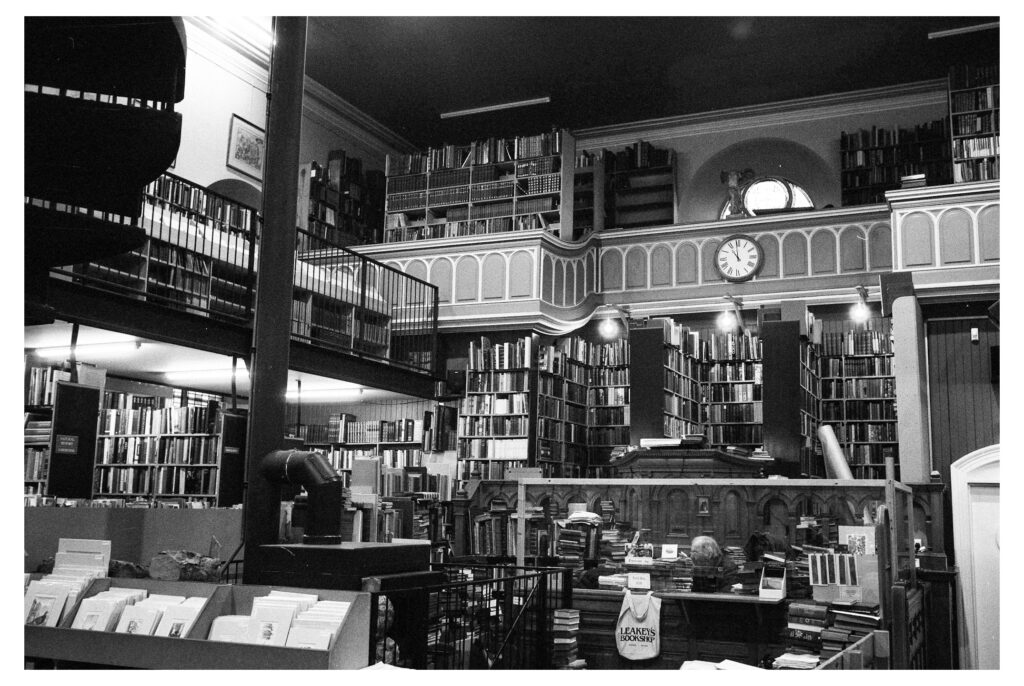
Photography is poetry. A single image shows the story of a sonnet. If your photographs trend more abstract, you may enjoy haikus. And what is a photography project that requires years of dedication, travel, and sacrifice other than an epic quest by a hero in pursuit of Truth and Beauty? If Homer saw Salgado’s Workers he would have insisted on writing the preface.
On the first floor, I find just what I was looking for – Robert Burns Poems: Selected and edited by William Beattie and Henry W. Meikle published 1946. The smart kids call Burns a “pre-Romantic.” I’d like to call him a Romantic’s Romantic – a man that wrote what he saw and felt. Born in 1759, his poetry came from his life as a humble farmer and in later years as a tax collector. Specifically, Burns collected the excise tax on whiskey. In a 2009 national vote Scotland chose Burns, a spirits taxman, the greatest Scotsman of All-Time. I’m not sure if that says more about Burns’ transcendent brilliance or the purity of the Scottish people’s intelligence.
Well, if Beauty IS Truth, then great art is universal whether created by a Nobel Prize winner or a tax collector. You know Burns. Every year on New Year’s Eve we sing his Auld Lang Syne kissing sweethearts and cheering new beginnings. It’s also the bookend of one of my favorite movies It’s A Wonderful Life when Commander Harry Bailey toasts his recently suicidal big brother George the “luckiest man in town.” Out of coincidence, most of us sing “Auld Lang Syne” at our most optimistic – holidays and graduations. But the lyrics are not about the future but about remembering friendships and, I like to think, who we really are.
When Burns wrote the poem in 1788 Scotland was heading into the modern world. 43 years after the Battle of Culloden, Scottish men already fought American rebels across the Atlantic Ocean for the British Empire and would soon be engaged in world wars against Napoleon. Simultaneously, the Industrial Revolution upended the bucolic lives of Scottish families. Textile manufacturing and coal mining replaced working the land that your ancestors worked. The railroads would soon arrive.
In this time of progress, technology, and democracy Burns penned a poem to not forget yesterday. Two centuries later after Man walked on the Moon and the advent of artificial intelligence, we still sing Burns’ song.
We two have paddled in the stream,
from morning sun till dine;
But seas between us broad have roared
since auld lang syne.
Many photographers today capture the chaos of the contemporary world. More power to them. Photography is a tool to help society critique ourselves in order to grow. There are many photographers I admire pushing us. But contemporary is not universal. I find the most beautiful photographs to be those that share human experiences with no agendas or cynicism – just sincerity. As in Burns’ poems, sincere human experiences will outlive fleeting theories that catch then lose the attention of artists. And I do not need a computer doing the work I should be doing. Give me a brass camera I wind by hand and film to make prints of life from silver crystals.
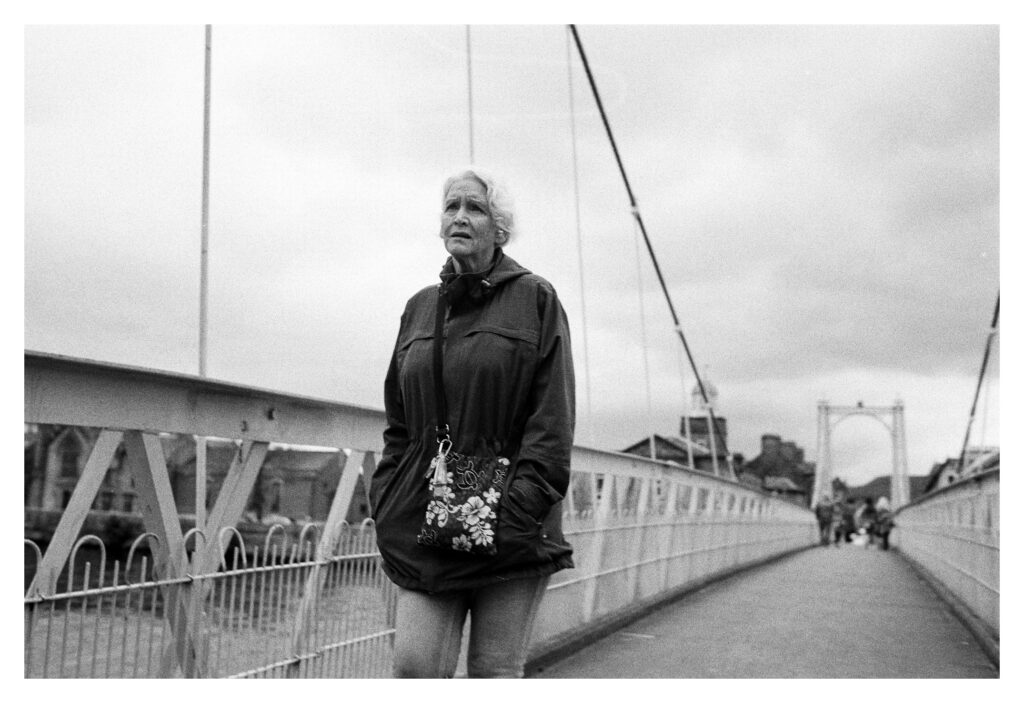
Reading material in hand, I stroll into city center for lunch. Young women wear 90s-style baggy jeans on their way for coffee or to meet friends. They may it look more stylish than I remember from my high school days. I think thirty years ago we intentionally cared more about our appearance and put more thought into our clothes. Today, I wonder if social media makes these decisions easier. Young people look more comfortable in their style because they aren’t as invested as we were. While I wish we were more formal like when we explored personal styles pre-internet, confidence is always the foundation of a look.
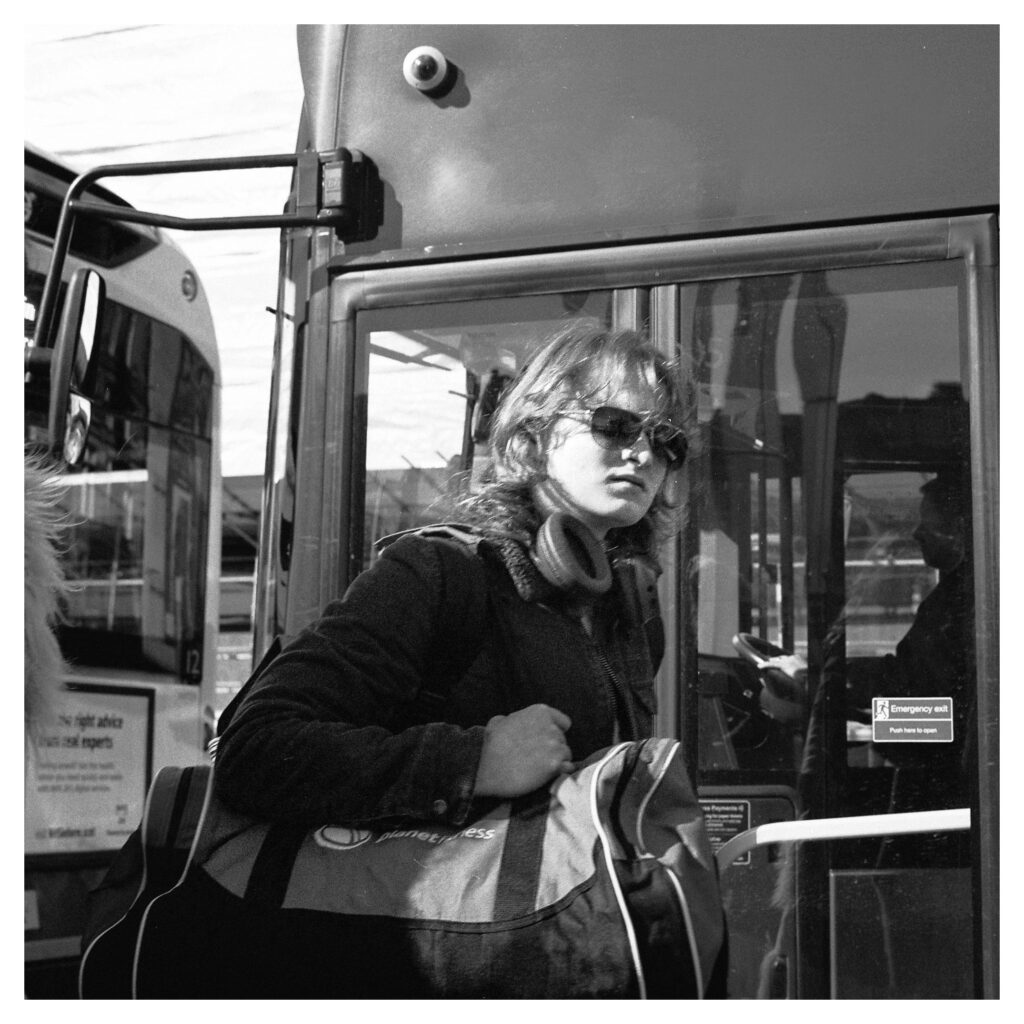
Surprisingly, both the young men and women incorporate splashes of tartan with their outfits. Inverness, this ancient city, is full of young bright proud Scots. This “Gateway to the Highlands” is also a bridge between the past and the future.
Leica M3 and Rolleiflex 2.8F
After a carb heavy Italian lunch at Zizzis, I cross the River Ness and walk through a mile of neighborhoods to an electronics store to pick up the tripod. This will hold steady my olive green Leica M3 with a goggled 35mm f1.4 Summilux “Steel Rim.” Sharing the camera bag is my Rolleiflex 2.8F “White Face” with a Carl Zeiss 80mm Planar lens. Like movies, cars, the NBA, and scotch – newer is not better. Sometimes the old ways are the best.

Mission accomplished – I head back to the Benz for the drive through the Cairngorm Mountains on the Old Military Road to Balmoral Castle and Edinburgh. Storm’s coming…
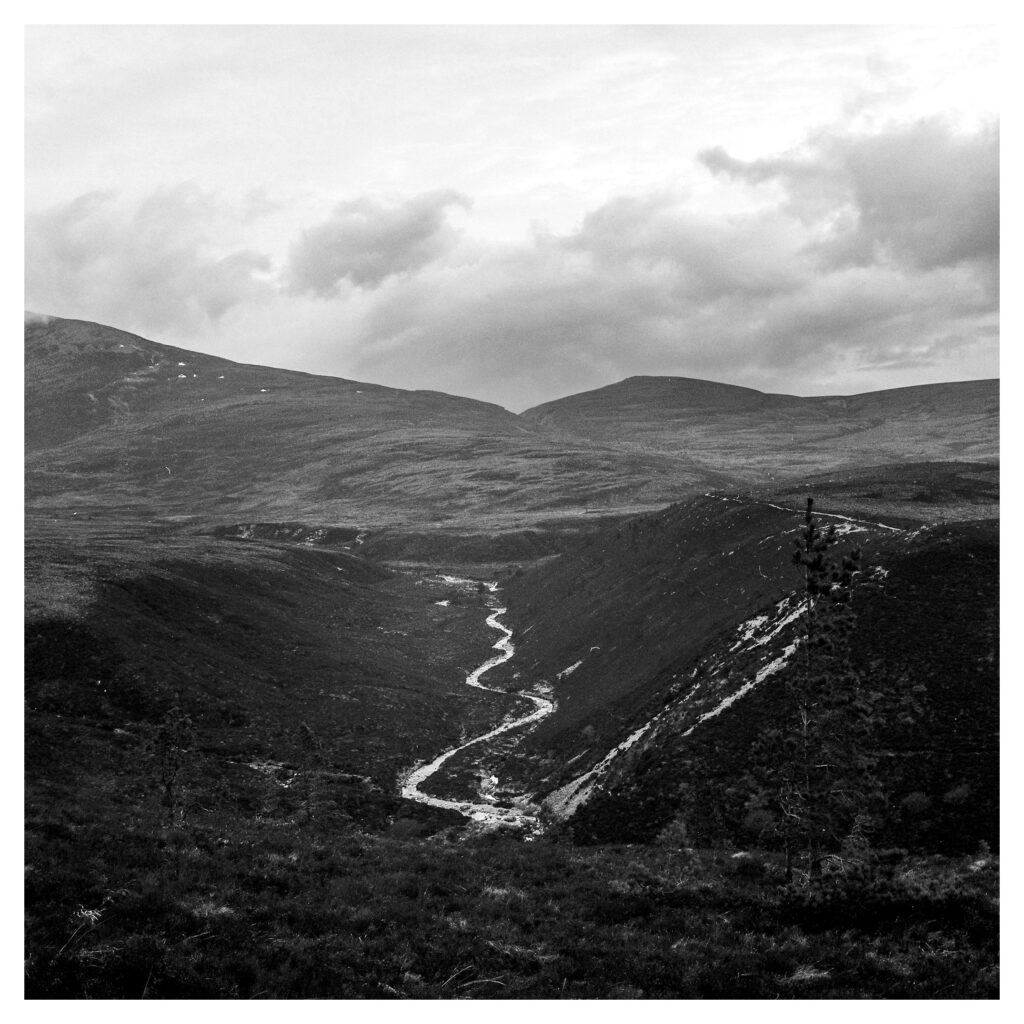
Follow John-Paul on Instagram @l.art.4.l.art
Share this post:
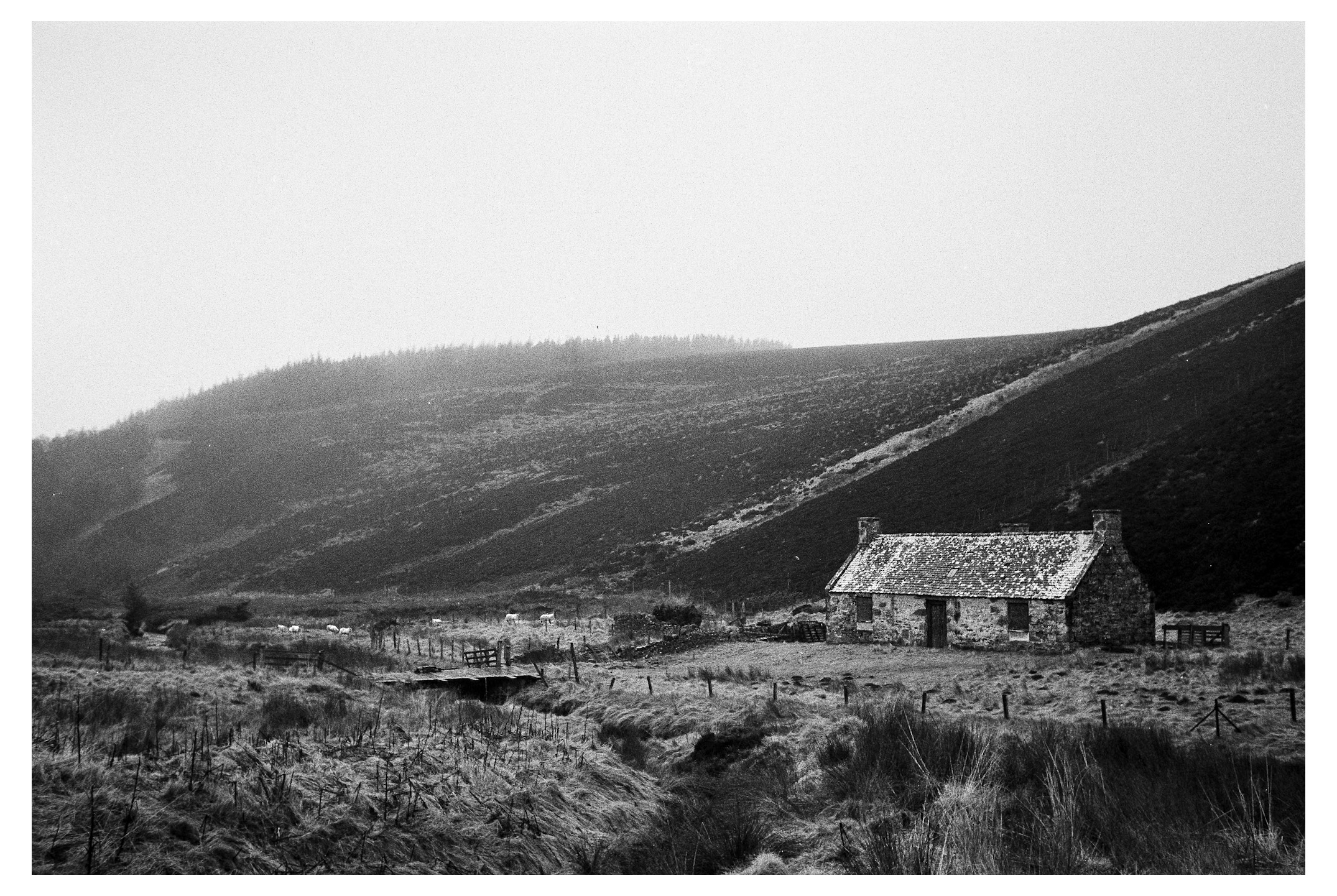
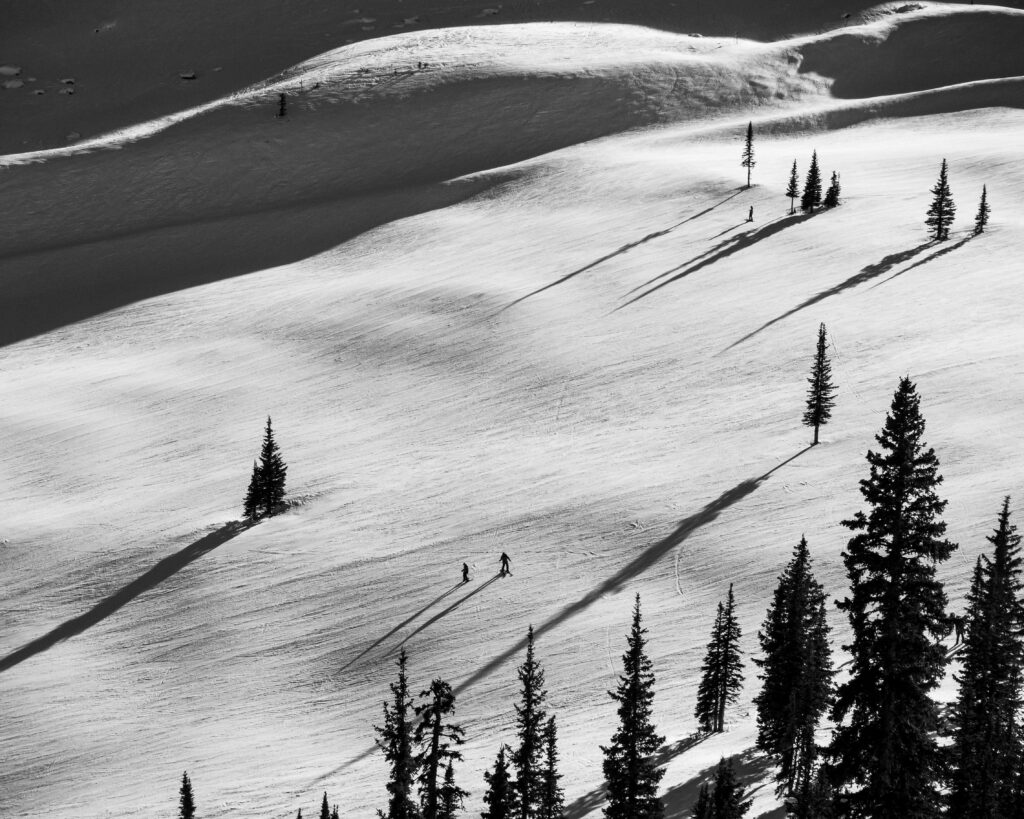
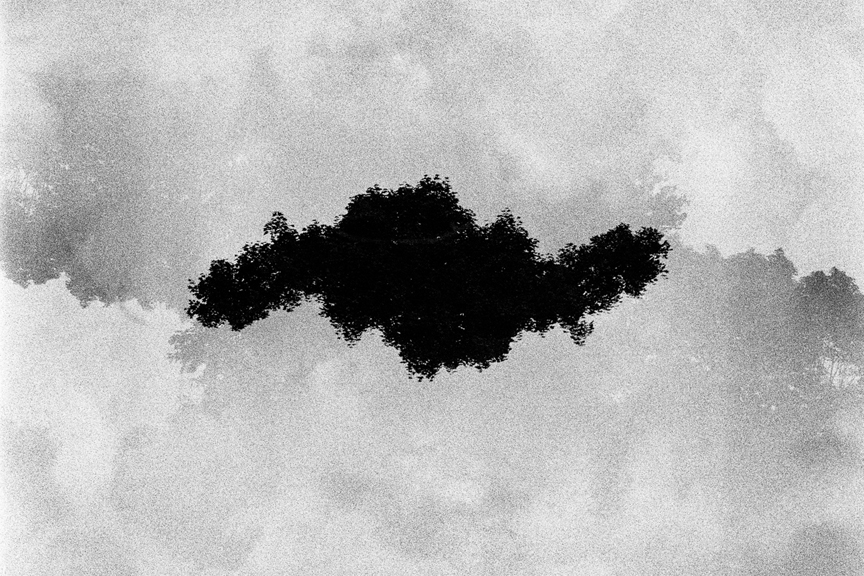
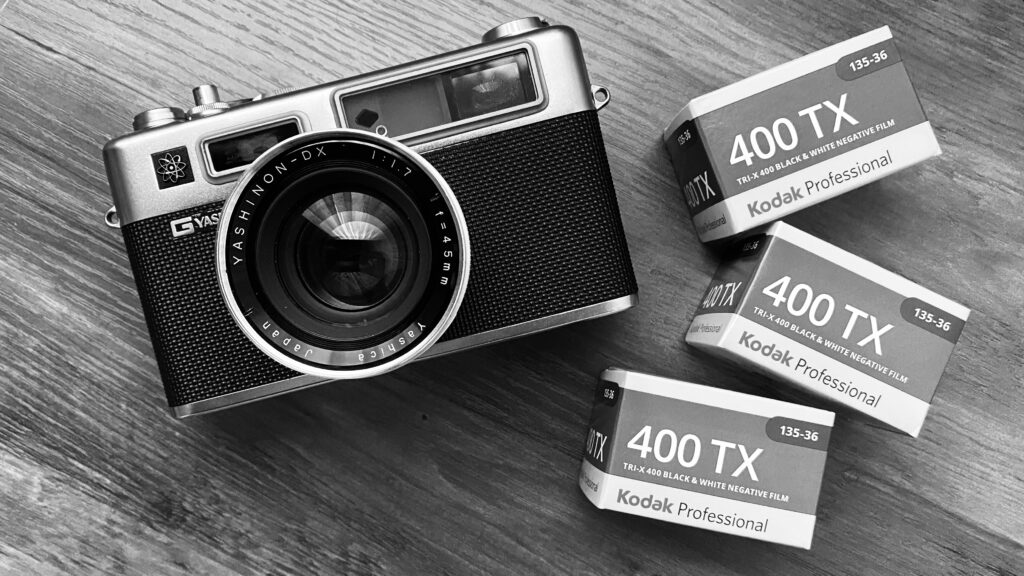
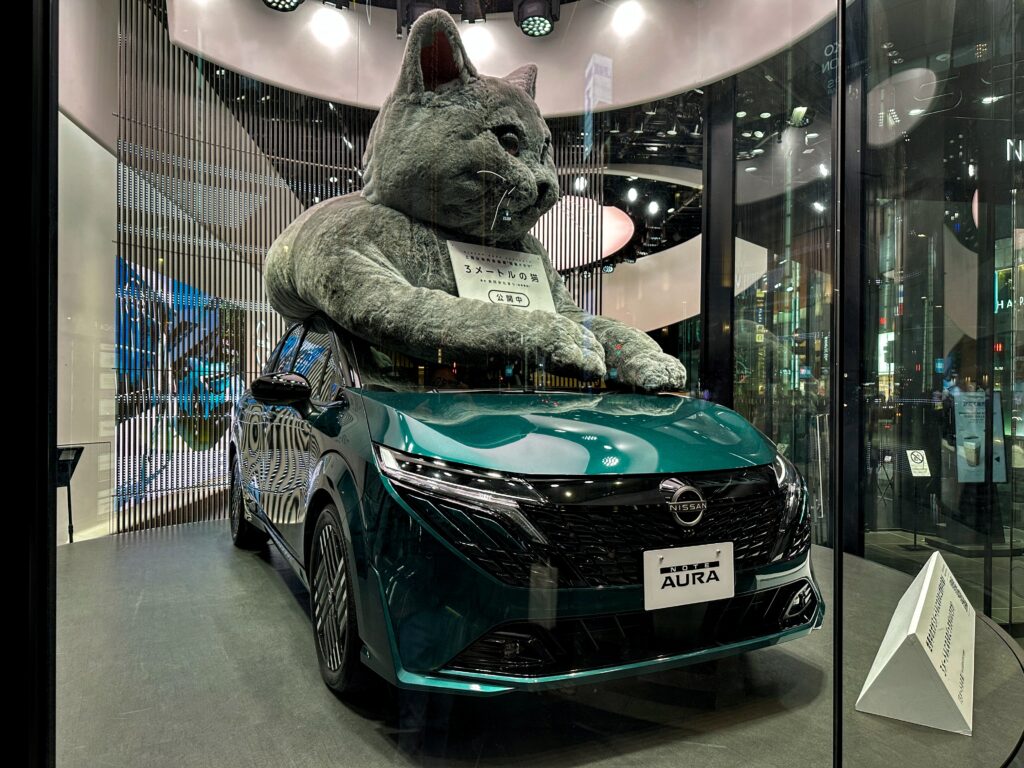
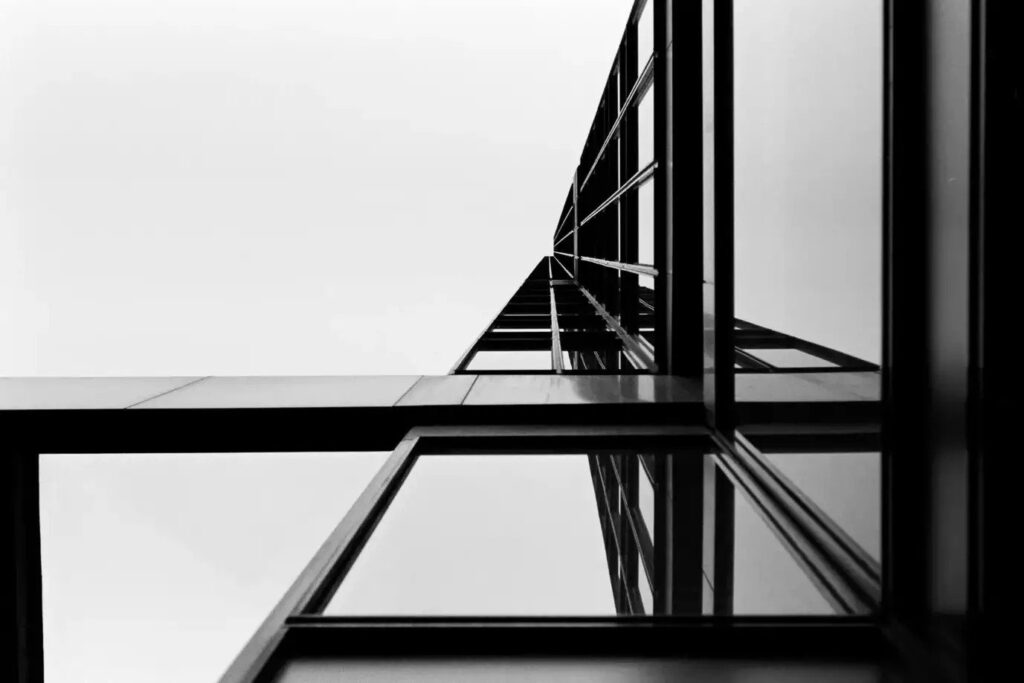
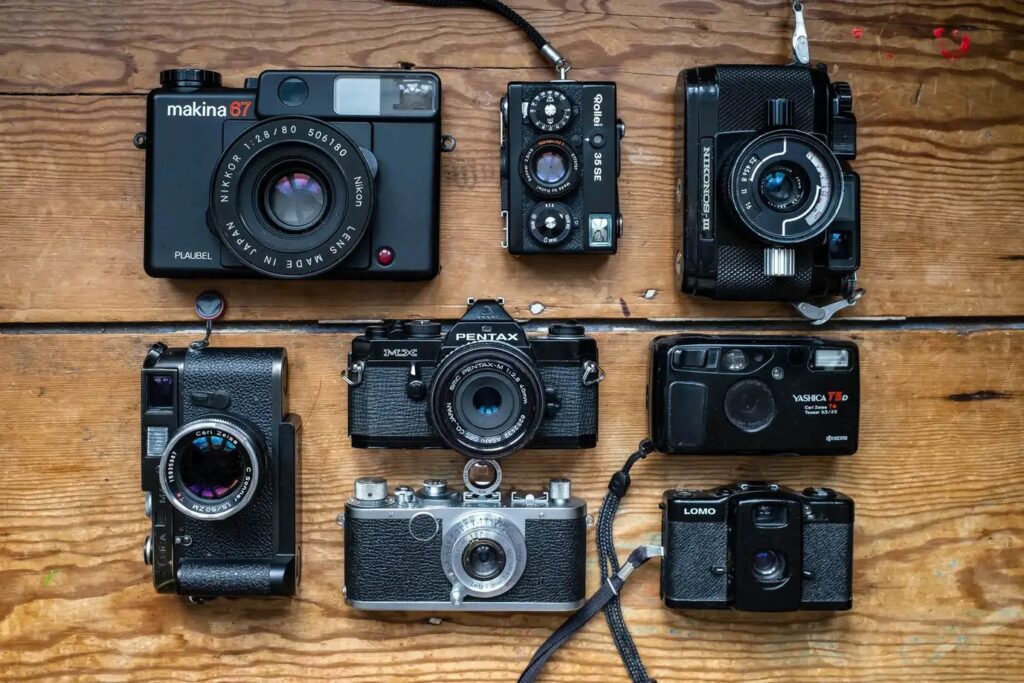
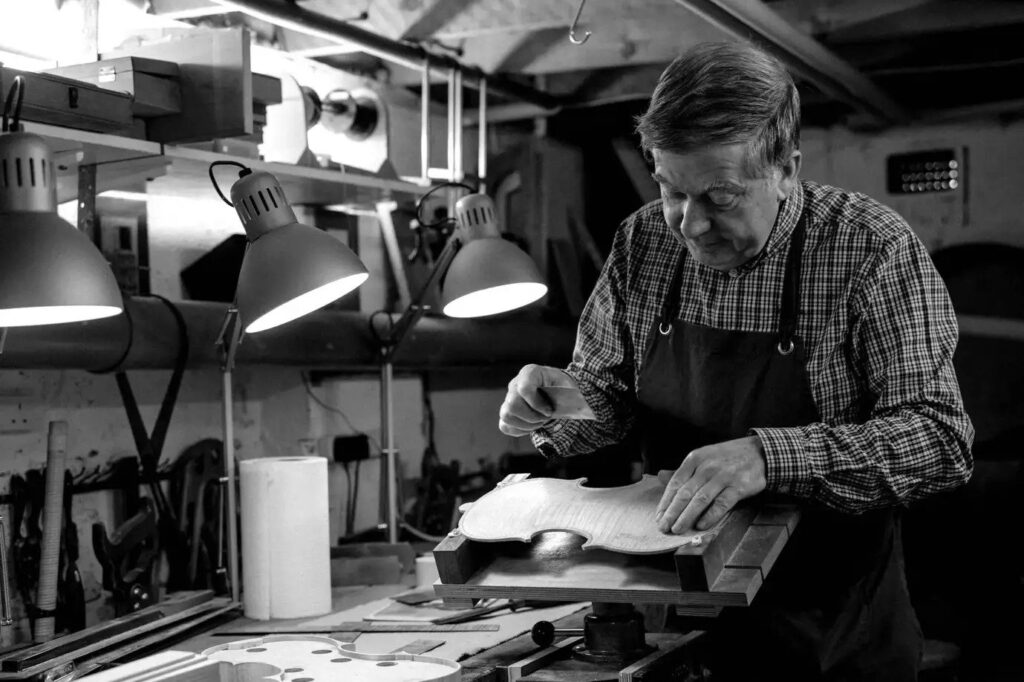
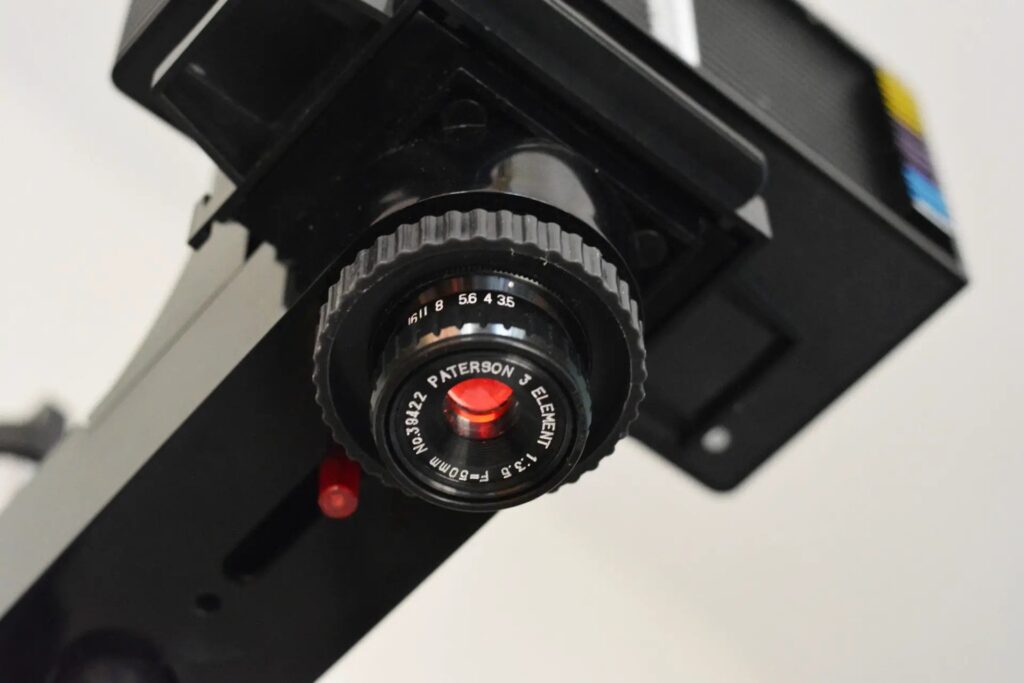
Comments
Thomas Wolstenholme on Let the Sky Fall – Part 1
Comment posted: 10/06/2025
Comment posted: 10/06/2025
Comment posted: 10/06/2025
Comment posted: 10/06/2025
Dennis Schwieger on Let the Sky Fall – Part 1
Comment posted: 10/06/2025
Comment posted: 10/06/2025
Bill Brown on Let the Sky Fall – Part 1
Comment posted: 10/06/2025
I worked as a photo assistant with a Scottish photographer and I can certainly attest to his enjoyment in story telling. He also enjoyed using his Scottish word phrasing to leave me scratching my head as to what he wanted. With time I got pretty good with the lingo.
I really enjoyed the word pictures and photographs. Looking forward to Part 2.
Comment posted: 10/06/2025
Ibraar Hussain on Let the Sky Fall – Part 1
Comment posted: 10/06/2025
Makes me want to go and visit Scotland for the first time ever
Comment posted: 10/06/2025
Comment posted: 10/06/2025
Gary Smith on Let the Sky Fall – Part 1
Comment posted: 10/06/2025
Comment posted: 10/06/2025
JA on Let the Sky Fall – Part 1
Comment posted: 11/06/2025
and a pro tip for the tourists... its whisky not scotch.
Comment posted: 11/06/2025
Leon on Let the Sky Fall – Part 1
Comment posted: 13/06/2025
Comment posted: 13/06/2025
Steviemac on Let the Sky Fall – Part 1
Comment posted: 14/06/2025
Comment posted: 14/06/2025